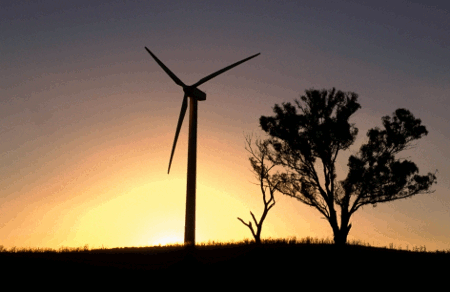
|
Published: 12 September 2011
CSIRO scientists win Eureka Prizes for innovation
CSIRO’s Dr Wojciech Gutowski has won the award for most outstanding commercialisation of innovation at the 2011 national Eureka Prizes. His team’s award-winning technology has led to a more sustainable way of painting cars – the second-biggest environmental hazard associated with cars after exhaust fumes.

|
|
Dr Gutowski’s technology will dramatically reduce the environmental hazard associated with spray painting vehicles. Credit:
James Porteous/ScienceImage
|
Dr Gutowski – whose research on adhesives, bonding and sealants has earned him a string of other awards and resulted in 62 patents – leads CSIRO’s research on petro-based polymer composites and nanocomposites within the organisation’s Materials Science and Engineering unit (CMSE).
His team has developed an environmentally friendly technology that eliminates the need to use harmful and costly wet paint on cars.
Applying solvent-based spray paint to cars is a major environmental hazard. One-quarter of the paint solids end up in landfill, while the solvents are released as volatile organic compounds into the atmosphere.
The high waste stream is largely due to the fact that only about 35 per cent of the wet spray paint adheres to a car’s plastic surfaces.
The CSIRO breakthrough improves the ‘stickability' of electrostatic powder coating via a solvent-free resin that allows powder coatings, paints and inks to better adhere to plastics.
‘Professor Gutowski has developed the first true zero-waste coating technologies that completely eliminate solid and liquid waste, volatile organic chemicals and the use of water in a range of industries that need to powder-coat products,’ comments Frank Howarth, Director of the Australian Museum, which initiated the Eureka Awards in 1990.
‘This goes well beyond car production and has the potential to transform manufacturing industries that make painted plastic components for cars, aircraft, furniture and buildings.’
Already in use in the automotive industry in Australia and overseas, the technology can be applied for coating of exterior and interior components of a vehicle. The estimated saving to the Australian industry alone courtesy of the substitution of wet paints is about $100 million per year.
The technology is based on engineering an interface on the surface of non-conductive material, such as plastic, to adhere in a similar way to metal when electrostatic powder-coating is applied. The end result is 100 per cent transfer efficiency (no waste) of a solvent-less coating (not harmful to human health or the environment) with excellent adhesion (it stays on).
Surface modification technologies developed by Professor Gutowski can be used with polymers, composites, ceramics and organic materials such as wood and natural fibres. His technologies are presently being employed by major international companies such as General Motors, Ford and Boeing.
Another CMSE scientist, Dr John Arkwright, won the 2011 Eureka Prize for most innovative use of technology, along with collaborator Dr Philip Dinning from Flinders University.
They developed a revolutionary fibre-optic catheter that can record pressures deep within the human colon, and will enable new insights into our understanding of diseases of the gut.
Source: Eureka Prizes/CSIRO



